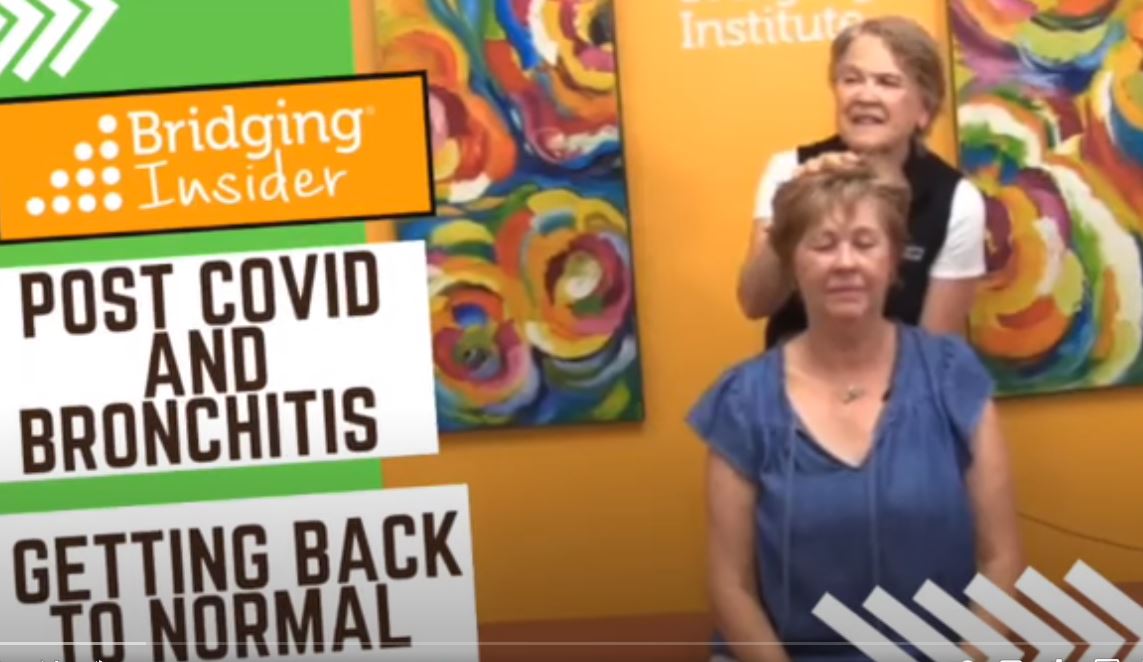Returning to Activity After Being Ill? Why Back-to-Normal May Need Help
The theme for this week … when ‘back-to-normal’ may need help
As we enter the cooler seasons, the risk of significant respiratory illness increases. Often when we get sick all of our good activity habits and goals go out the window. It happens. What’s important is to find a way back to them. Read on …
Returning to activity after being sick
There is an abundance of literature and research about setting goals and creating sustainable habits. We hear about it every January!
What’s missing, though, is information about why and how habits are interrupted and how to get back to them.
Behavior change for exercise
By understanding how we establish new habits it can provide a roadmap for getting back into a routine we used to have.
Here is a common behavior change model with 5 steps to form new habits:
- Pre-contemplation
- Contemplation
- Preparation
- Action
- Maintenance
The full article relating the change model to exercise is Using the Transtheoretical Model for Exercise. Although detailed, it may be insightful for some of you.
In real life, things happen
Once you’ve been ill, had an injury, or a medical intervention returning to your active routines may need more than a having a plan. You may need a boost to your micromovements too!
At The Bridging® Institute, we provide a novel solution to helping children and adults ages 0-99 be more active.
Your health depends on it!
Insight of the week from Cara
If you are like me, you get at least one nasty respiratory virus a year. With all the coughing and shallow breathing, the muscles in the chest begin to contract.
Once the infection clears and you stop coughing, you think you’ll finally be able to get back to your daily routine.
Sometimes that is not the case.
Why is it harder to move after being ill?
Respiratory illness is harder to recover from than you’d expect. Just because you feel better, doesn’t mean you’re breathing and moving like you used to.
We typically find clients come in related to a sore shoulder or neck, and happen to have had a significant respiratory illness. They feel ‘fine’ but are unusually stiff.
Once we assess their movement, we often find the root cause for the shoulder or neck tightness is related to limited breathing correlated to their illness.
As we support their breathing movements they spontaneously take a really deep breath. This is the moment they realize how restricted their chest and breathing has been. After this reset, the shoulder and neck can move more easily.😁
How Bridging® gets you back up and going after a respiratory illness
We follow a three-step process:
- Assess specific micromovement flows and transitions.
- Analyze the assessment information in the context of your illness.
- Reset muscle memory to return you quickly and gently to a more active life.
Do you or a loved one struggle to stay active and wonder if Bridging® can help? Contact us. We are happy to see how we can help.
Stories from our sessions … low energy after COVID and bronchitis
In this week’s video, Inger wants to get some of her energy back following a bout of bronchitis. She thinks she’s recovered, but wonders if there is something missing.
What happened to Inger and when?
Micromovement disrupters
Birth/Early life: none of note
Injury/Accident: Misc.
Medical procedures/surgeries: 2 births
Illness: None of note
The goal is to have more energy to be more active
Goal: Getting back enough energy to get through the day and be able to start exercising again. Endurance!
What did we find?
A quick assessment showed that her upper body and shoulders are not easily moving. This inhibits deeper breathing, which limits oxygen and energy.
What did we do?
The biggest goal after a respiratory illness is to get the lungs and chest to move in sync and more expansively.
You’ll have to watch the video to see how we helped Inger’s chest and shoulders by being so specific with our support.

